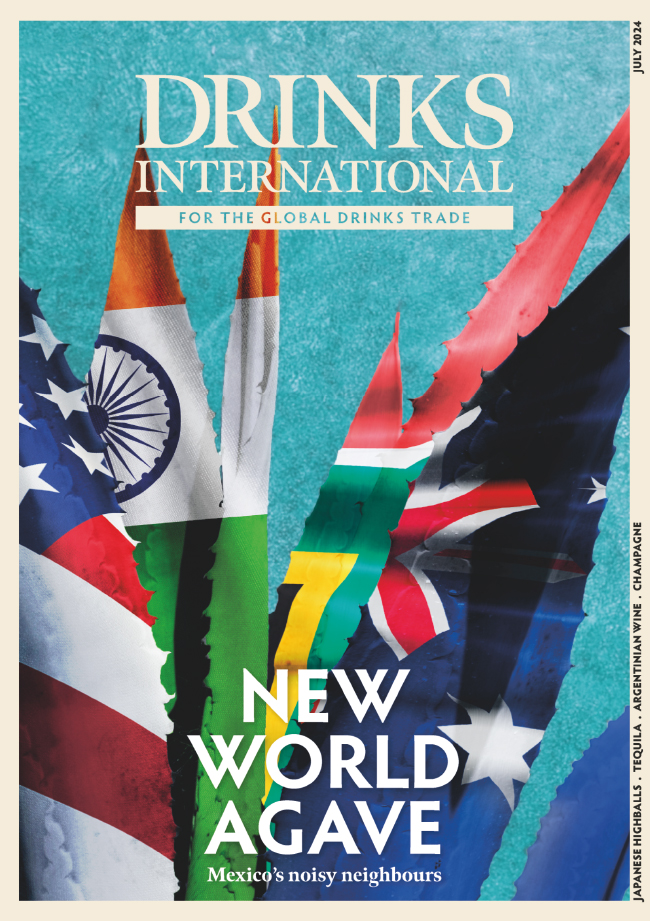When the heavens opened on the harvest in the Douro this September, the sense of frustration was almost as uncomfortable as the persistent rain that was causing it. For the first half of the harvest it had been smiles all round, with high-quality grapes tempting the promise of a vintage declaration. Apparently, some great wines have been made with those grapes. But then, as Taylor’s winemaker David Guimaraens, put it, it went from being the best of years to the worst of years.
If you translate that into sporting parlance, it was a game of two halves, and that may be an equally apt way to describe the state of the port market today. The sector is desperate to attract younger consumers but in many areas it remains saddled with its image as an old-fashioned drink for old-fashioned people.
“Port has this crusty image and we are trying to show people it’s not like that,” says Adrian Bridge, CEO of the Fladgate Partnership, which owns the Taylor’s, Fonseca and Croft brands.
Port volume has been dropping off for the past 10 years, with Bridge estimating the sector has lost about 10% of its volume during that time.
Real Companhia Velha CEO Pedro Silva Reis says much of the decline can be explained by the pressures facing Europe’s discounting sector. “In central Europe the hard discount sector, which was very trendy with huge growth, is now under pressure and the discounters are getting more sophisticated and introducing ports and better quality products. Some of the decline in big supermarkets has seen people going back to local shops and upgrading their selection. It seems as though people are spending a bit more.”
And Sogrape’s George Sandeman agrees: “Port, like all mature categories, may be softening in mature markets but there is increased interest is in the special categories (reserve, LBV, aged tawnies, and special releases) as shown in the UK and the US, where more than 55% of port purchased is a special category.
“In the more mature European markets for standard ports, such as Belgium and Holland, the category is having a hard time and there can be no doubt that the focus on maintaining volume supported by pricing has devalued the consumer image of port, and caused reputable brands to reduce category investment.”
Other factors are aligning to affect the future of port, says Sandeman – and they’re not issues to be taken lightly.
“With rising farming and production costs, it is not sustainable to continue along the path of volume, and the need to reposition the value of port must be paramount, bringing smaller volumes but greater value and image for the category.
“However, there needs to be a balance between the smaller, very premium and expensive ports and the more accessible ports in order to maintain scale for the category – but the days of low prices and high volume are numbered.”
This thought is echoed by other producers, who remain upbeat about the turnaround, saying they are seeing gains in value balancing out losses in volume.




